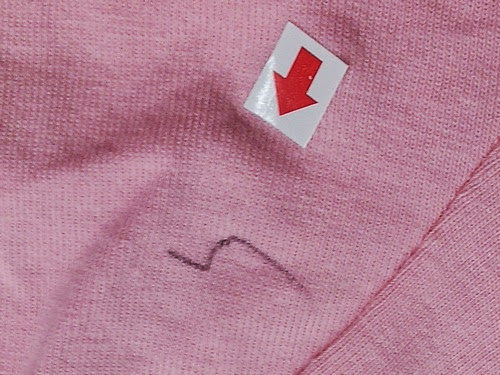Men’s Basic T-shirt-short sleeves- 100% Cotton 140 GSM Single jersey – 1 x 1 ribs at neck – solid dyed – light, medium and dark colors in equal ratio.
Sizes: S, M, L, XL, XXL Ratio: 1: 2: 2: 2: 1
Measurements in cm: (Finished garment)
Size: L
Chest – 60 cm
Length – 78 cm
Sleeve length – 24 cm
Neck rib width – 3 cm Hem – 3 cm
Patterns are generally made with the seam allowance and cutting allowance. Generally, 12 cm is added with the total of body length and sleeve length.
That is,
Fabric consumption/pc = [(Body length + Sleeve length + allowance) * (Chest + allowance) * 2 * GSM] / 10000
=[(70 + 24 + 12) * (60 + 3) * 2 * 140] / 10000
= 187 grams
Body & Sleeves: 187 grams
Neck rib: 10 grams (approximately)
Gross weight: 197 grams or 0.197/kg
Fabric consumption/ dozen = 0.197 X 12 = 2.364 kg
Here, fabric price/kg= $6
Fabric price / dozen = 6 X 2.364 = $ 14.184
Fabric price/ dozen = $ 14.184
Per dozen CM cost = $ 5.5
Per dozen accessories cost = $5.0
Per dozen overhead cost = $1.8 (bank handling, carriage, forwarding)
Commission = $3
—————————————————————–
Total FOB price = $29.484 (including commission)
Here, total FOB price = $29.484
Per dozen sea freight = $ 1.34
———————————————————————
Total C&F price (Hamburg)/dozen = $ 30.824
Again, total C&F price / dozen = $ 30.824
Per dozen insurance cost = $ 1.3
Total CIF price / dozen = $ 32.124
Total CIF price/piece = (32.124÷12) = $ 2.677





